10 Common Pest Questions and Their Answers
10 Common Pest Questions and Their Answers
1. What Pests are Nocturnal?
While some pests can be active both at night and during the day, the following pests are most likely to be active at night and some are even photophobic (afraid of the light).
- Bed Bugs
- Cockroaches
- Centipedes
- Crickets
- Mice
- Moths
- Mosquitos (though they are also very active in shady areas during the day)
- Rats
- Spiders
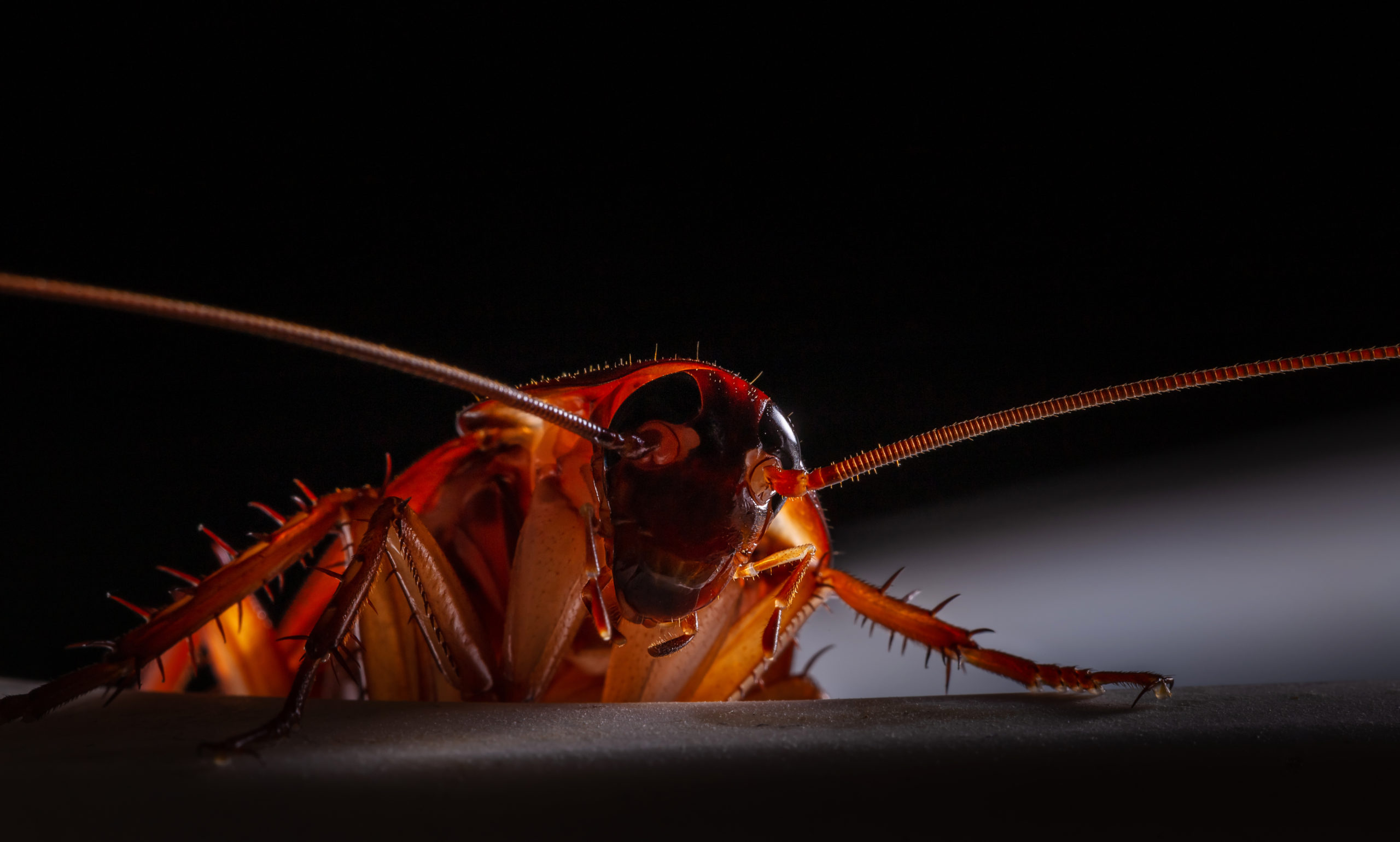
2. Is Cheese the Best Mouse Bait?
Actually, no. While some mice and rats do like cheese, it’s not the best bait choice. Cheese tends to dry up and smell, and it’s also not the preferred food of most rodents. Rodents naturally eat seeds/nuts, and have a bit of a sweet tooth, making treats like peanut butter a great choice for attracting these creatures to bait boxes. You can also observe the rodents in your home and see if there is a particular food they gravitate towards in your own pantry. Using that food is fantastic bait because there’s no doubt that the rodents in your home are drawn to that particular food. So… save those delicious cubes of cheese for yourself!
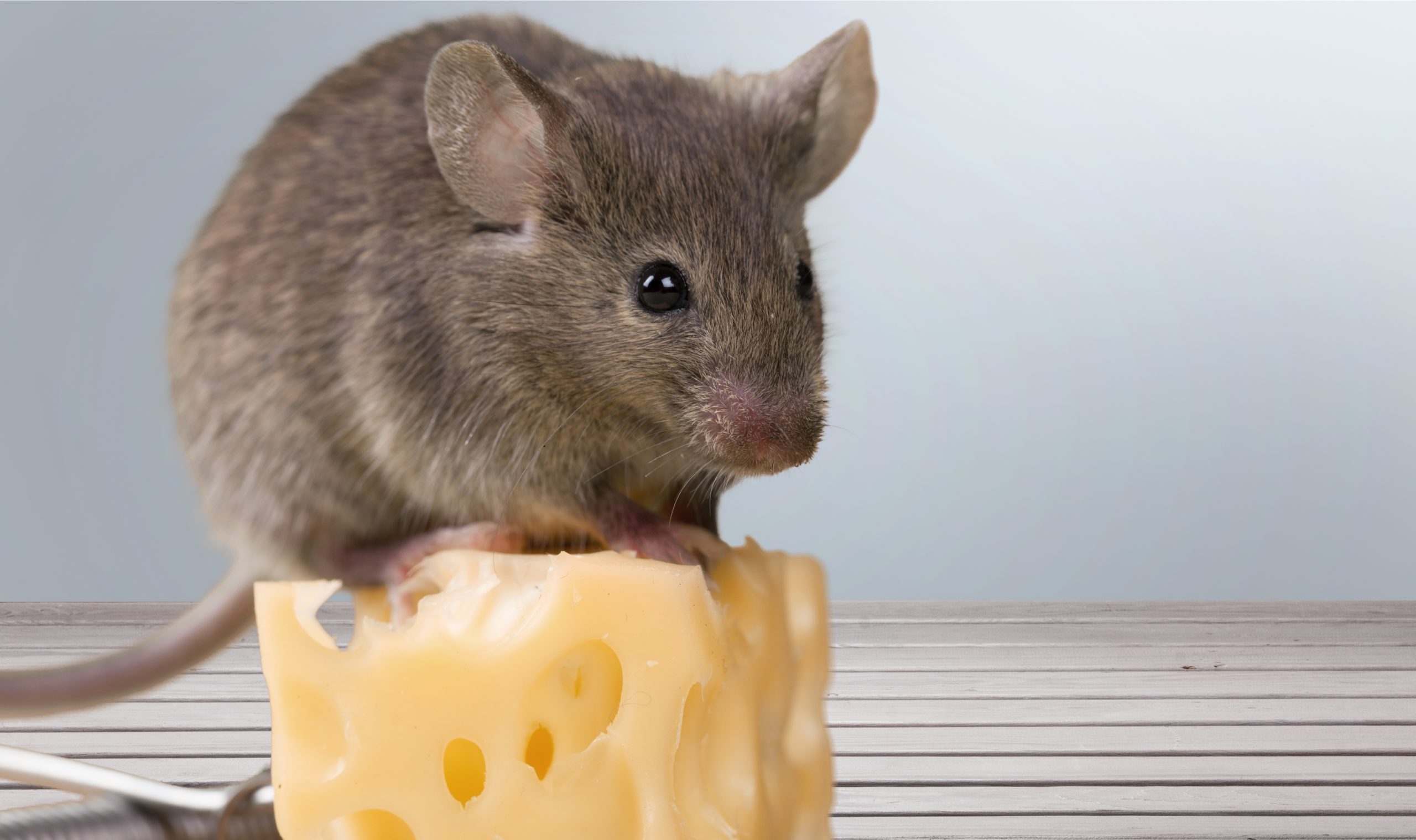
3. What’s the Difference Between a Bug and an Insect?
In short, all bugs are insects, but all insects are not bugs. Bugs are a sub-category of insects within taxonomy (the scientific identification and classification of organisms through the use of hierarchical categories). The term “insect” derives from the class name Insecta, which is part of the phylum Arthropoda (members of the animal kingdom that have exoskeletons). Broken down with taxonomical classification, it looks like this: Domain – Eukaryota Kingdom – Animalia Phylum – Arthropoda Class – Insecta The scientific term for ‘bugs’ is Hemiptera, which is an order. It is taxonomically divided as such: Domain – Eukaryota Kingdom – Animalia Phylum – Arthropoda Class – Insecta Order – Hemiptera While this is the technical scientific distinction between the two terms, they are colloquially used interchangeably. 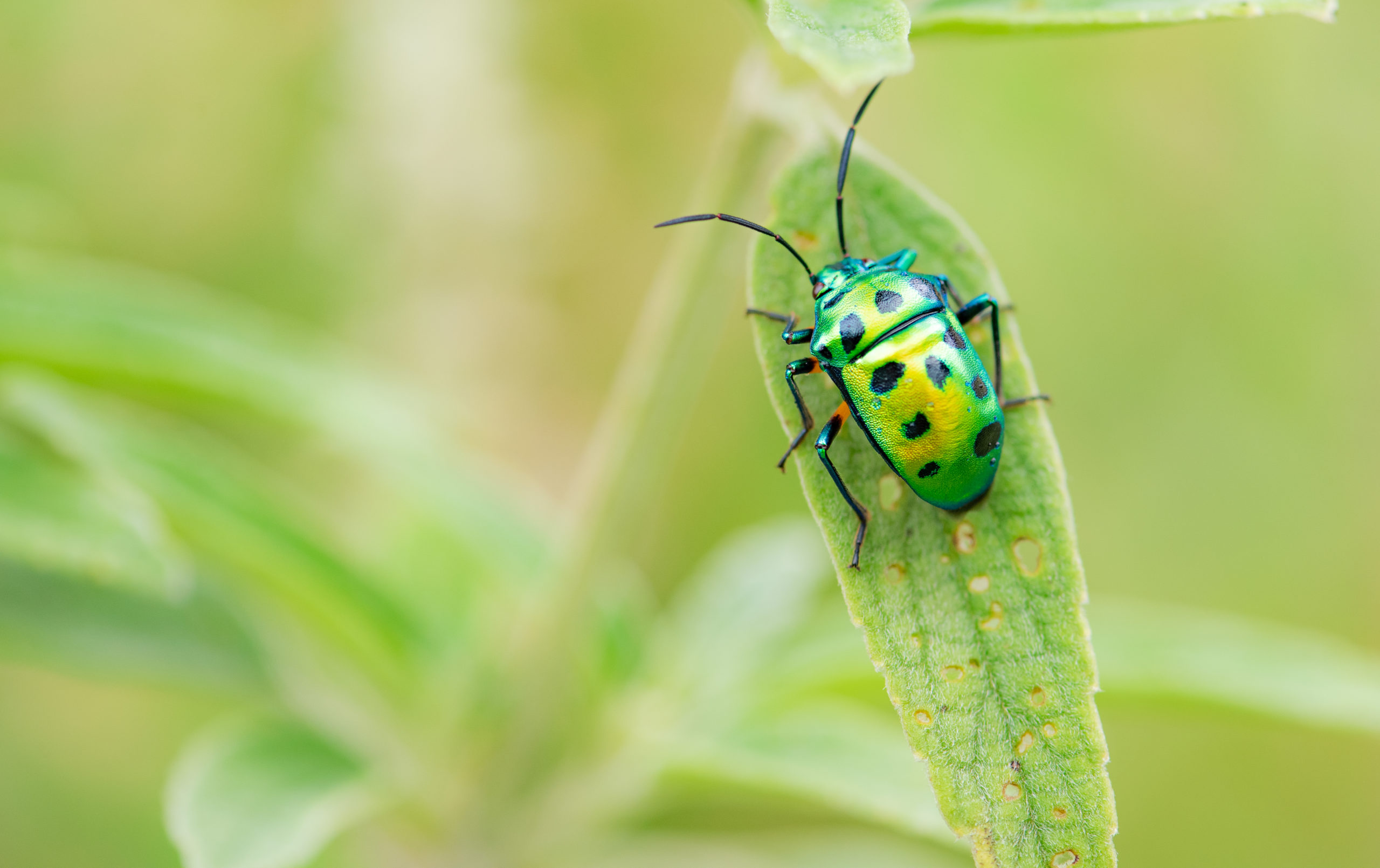
4. Why do Moths Like Light?
The leading theory behind why moths seem so obsessed with sources of light revolves around “transverse orientation.” This means that moth’s travel by the guiding light of the moon and stars similar to how sailors used to use stars for navigation. Evolution built moths to be able to inherently implement the same technique, but in a far simpler way. What their evolution could not account for, however, was the introduction of artificial light sources at night. Artificial light confuse moths and in the presence of extremely bright lights or even multiple light sources, their senses can easily be overwhelmed. This accounts for their erratic flying and seemingly senseless obsession. They are programed to fly based on very distant light sources, so when they are super close to lights, they basically “malfunction.” 
5. Why do Mosquitos Bite Us?
Surprisingly, not all mosquitos have a taste for human blood. There are roughly 3,500 different species of mosquitos alive today. Of that vast number of species, only a few target humans. Also, out of the species that do target humans, it’s only the females that seek out sanguine meals, while the males tend to dine exclusively on nectar from flowers. But why do the females need blood? Blood is rich in both protein and iron, which are two substances that female mosquitos require in excess to produce their eggs. Oddly enough, as much as we seem to be the main targets of mosquitos, we are often not their first choice for a blood dinner. Far often mosquitos greatly prefer the local wildlife, but when humans are easily available, they have no qualms with feasting on us instead. 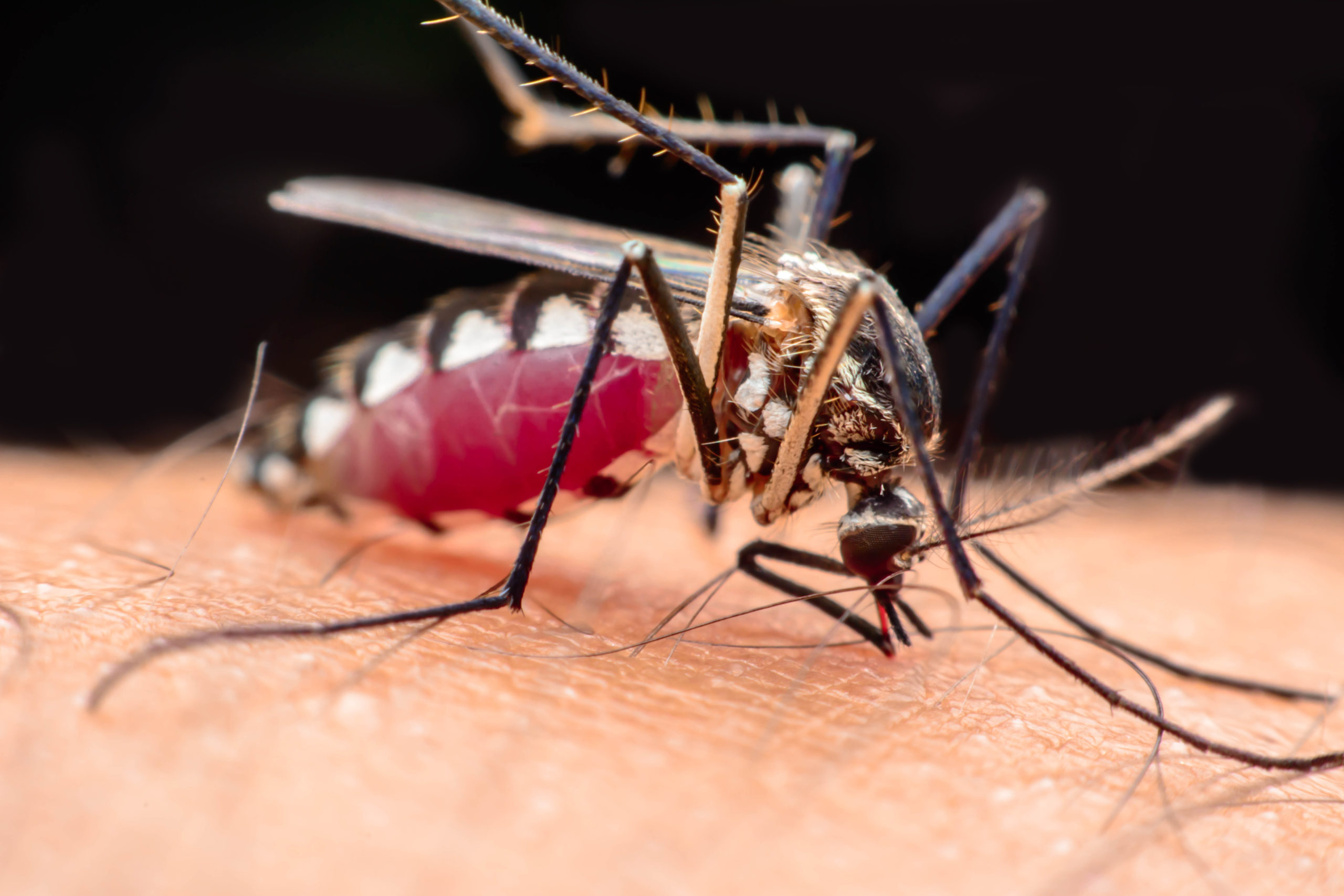
6. Are Honeybees Considered Pests?
Unlike their cousins’ wasps, yellow jackets, and hornets, honeybees are considered exceedingly docile creatures that attack only when they believe that their colony, or their own person, is in mortal danger. These social, hardworking insects fulfill a vital role for the environment as they pollinate hundreds of different plants within each of their given territories. This pollination is a fundamental process for the sustainability and survival of the world’s ecosystems. In addition to this major contribution to the planet, honeybees also provide a precious and widely enjoyed commodity to our tables: honey. Unfortunately, in recent years there have been various reports suggesting a major decline in bee populations across the planet. In response to this clear decline in Earth’s pollinators, many states within the U.S. have begun enacting programs to help protect honeybees and remove them from lists classifying them as ‘pests’ or ‘vermin,’ instead advocating for relocation programs for any hives in problematic or unideal locations. As such, honeybees can be considered protected creatures and not pests. 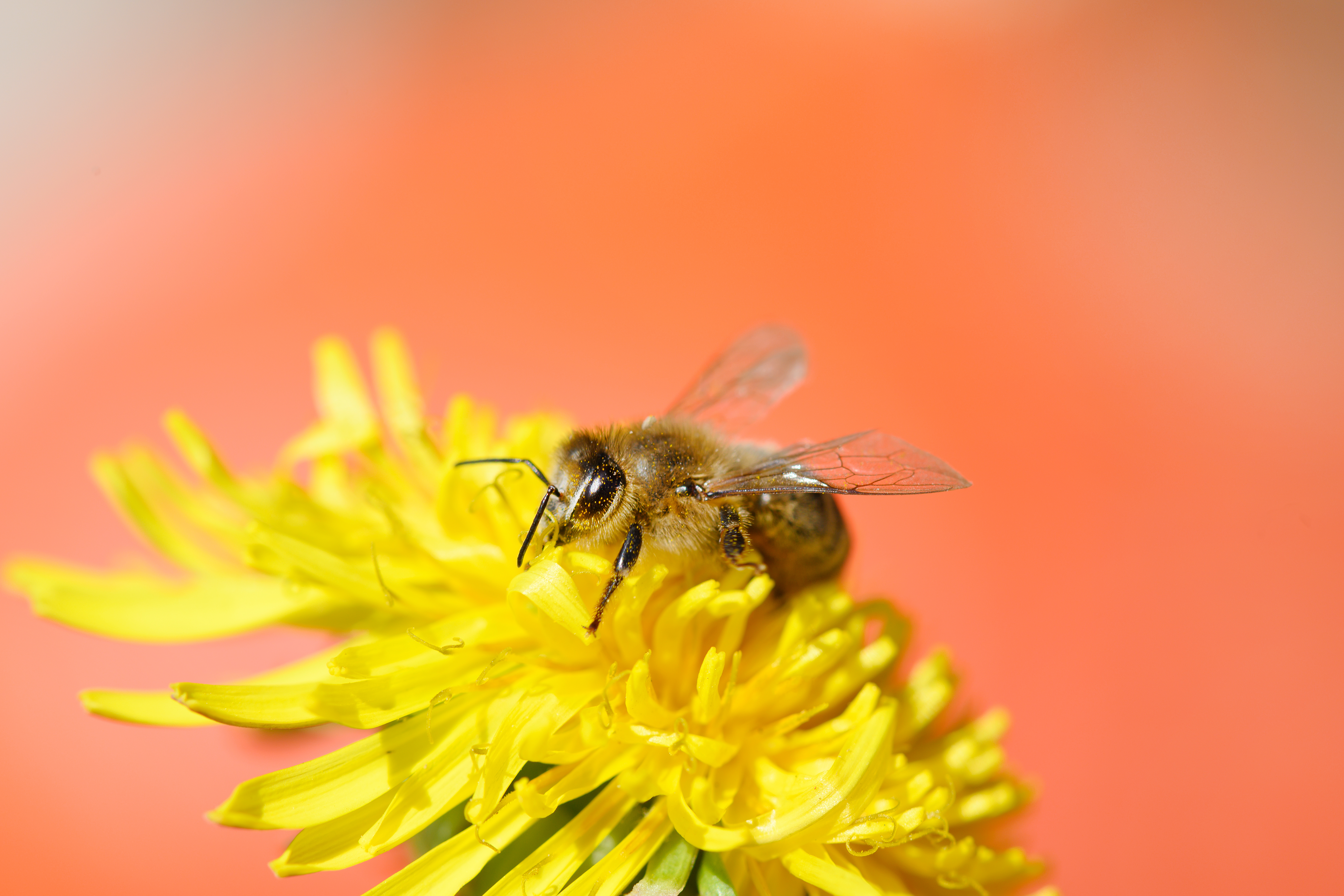
7. Why do Stink Bugs Smell?
Stink bugs have an unmistakable, nasty odor which is due to something called aldehydes. Aldehydes are compounds that exist within the waxy fluids of the stink bug. When threatened, injured, or squished, the bugs release this fluid, flooding the surrounding area with the prominent scent of their aldehydes. The odor is sometimes described as a cross between cilantro and skunk spray. Cilantro also contains some aldehydes which accounts for the similarity in scent when stink bugs release their odorous defense mechanism from their highly concentrated scent glands. While stink bugs are relatively harmless pests, their notorious stench can make them more than annoying little home invaders. 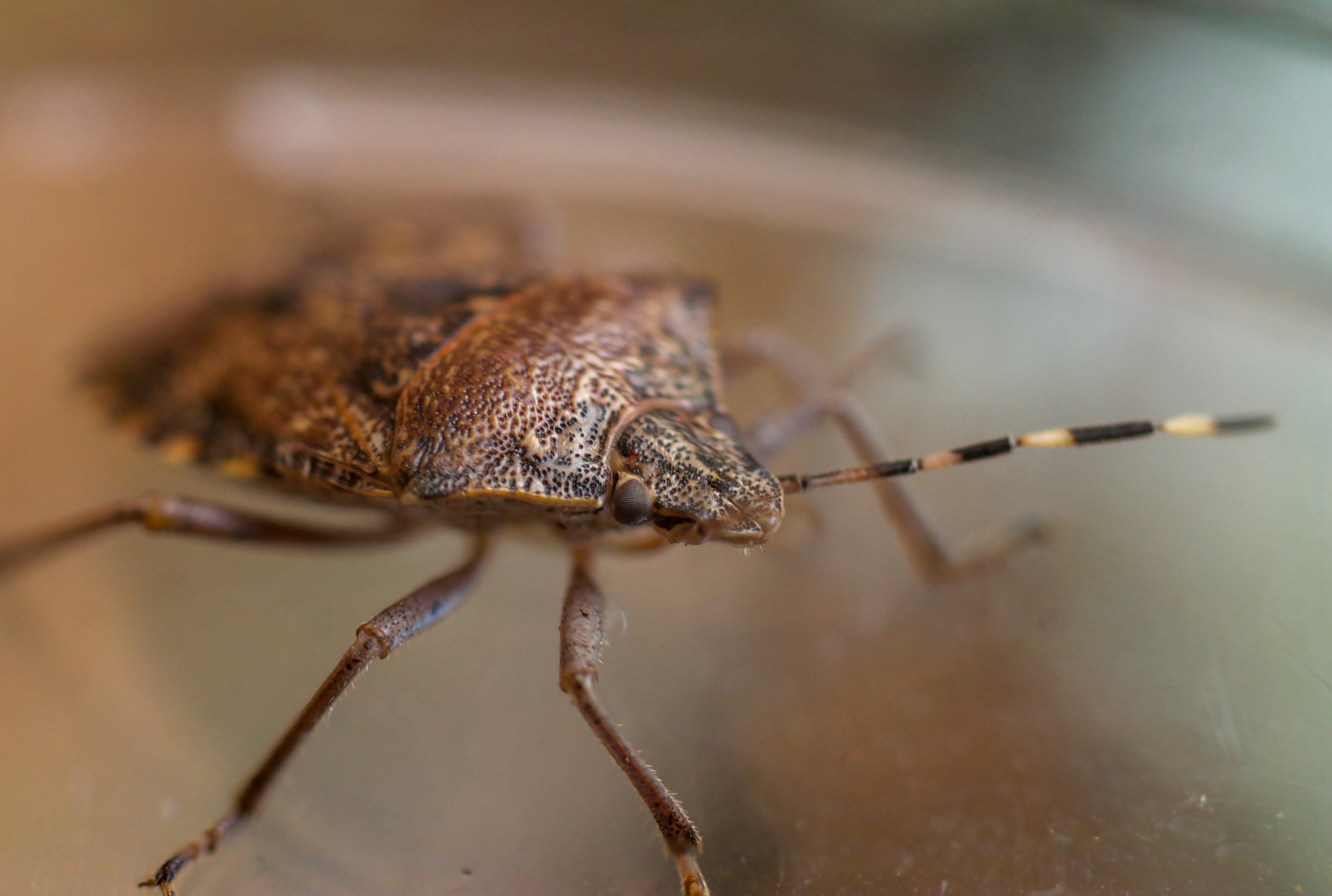
8. Why are Insects so Small?
In prehistoric times, there were massive insects such as the Meganeura Dragonfly who roamed the skies with a wingspan of 2 feet (65cm). However, in present day, the largest insects only reach up to about 10-18cm in length. So, what happened that made insects reduce in size so drastically? There are a few theories as to why this is, but the leading hypothesis with the most evidence has to do with the way insects breathe and the oxygen in the atmosphere. Insects posses a series of holes along the length of their bodies known as spiracles that take oxygen into inner tubes called tracheoles. These tracheoles spread throughout the body, getting as small as a micron in size to diffuse oxygen on a cellular level throughout the insect. The larger the insect, the longer the canals of tracheoles would have to be, making it substantially more difficult to properly disperse oxygen throughout the insect’s body. In the late Paleozoic Era, the percentage of oxygen in the atmosphere was at least 32%, whereas today, it is roughly 21%. To adapt to this change in atmosphere, insects would’ve had to reduce in size to breathe. 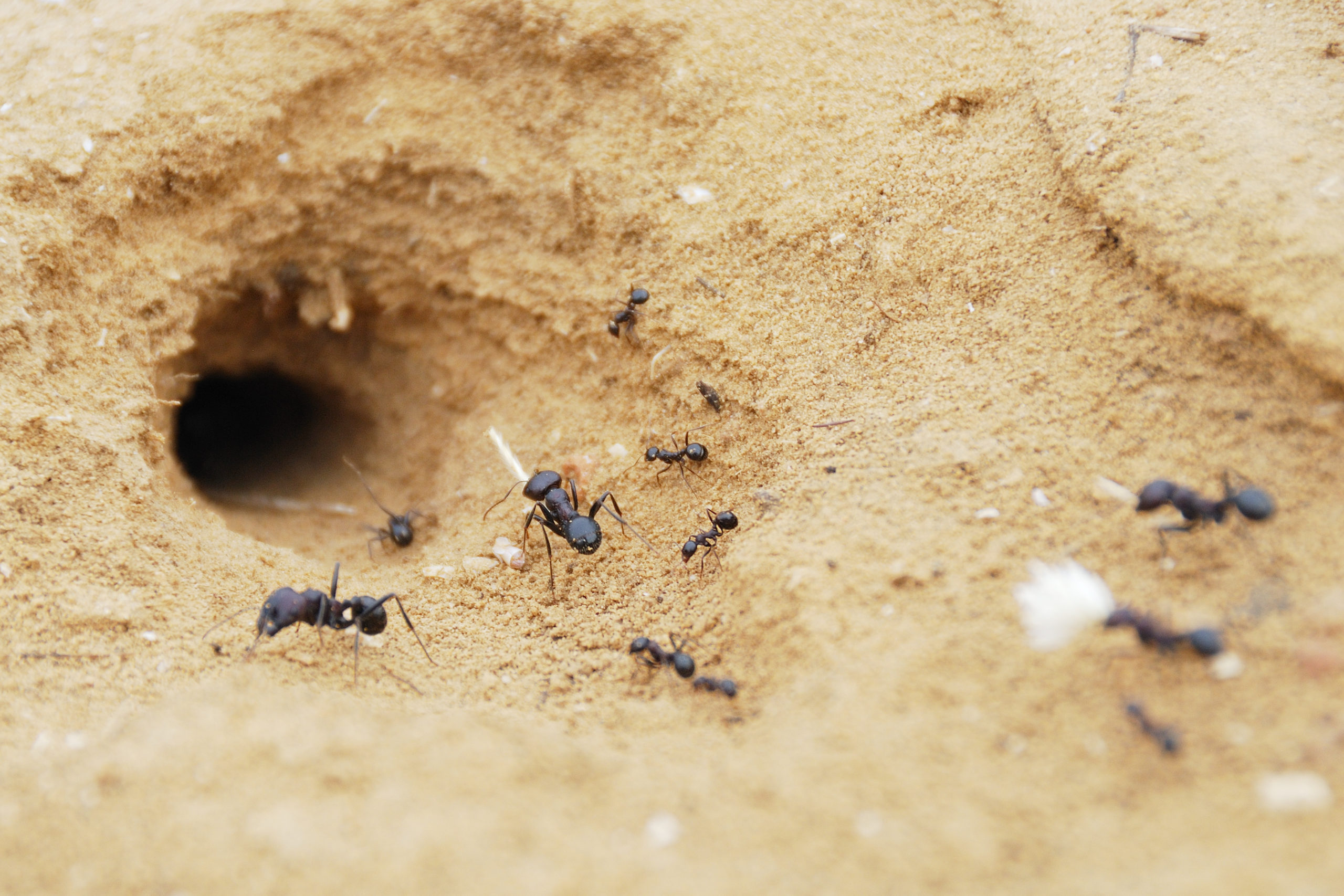
9. Do Centipedes Actually Have 100 legs?
Counter to what their name may suggest, centipedes do not actually have 100 legs. While the range of legs on centipedes can vary drastically based on the suborder of the species, no centipede actually has exactly 100 legs. The average ranges from 30 to 50 legs, while the highest recorded is 350 legs on the Geophilomorpha centipede. 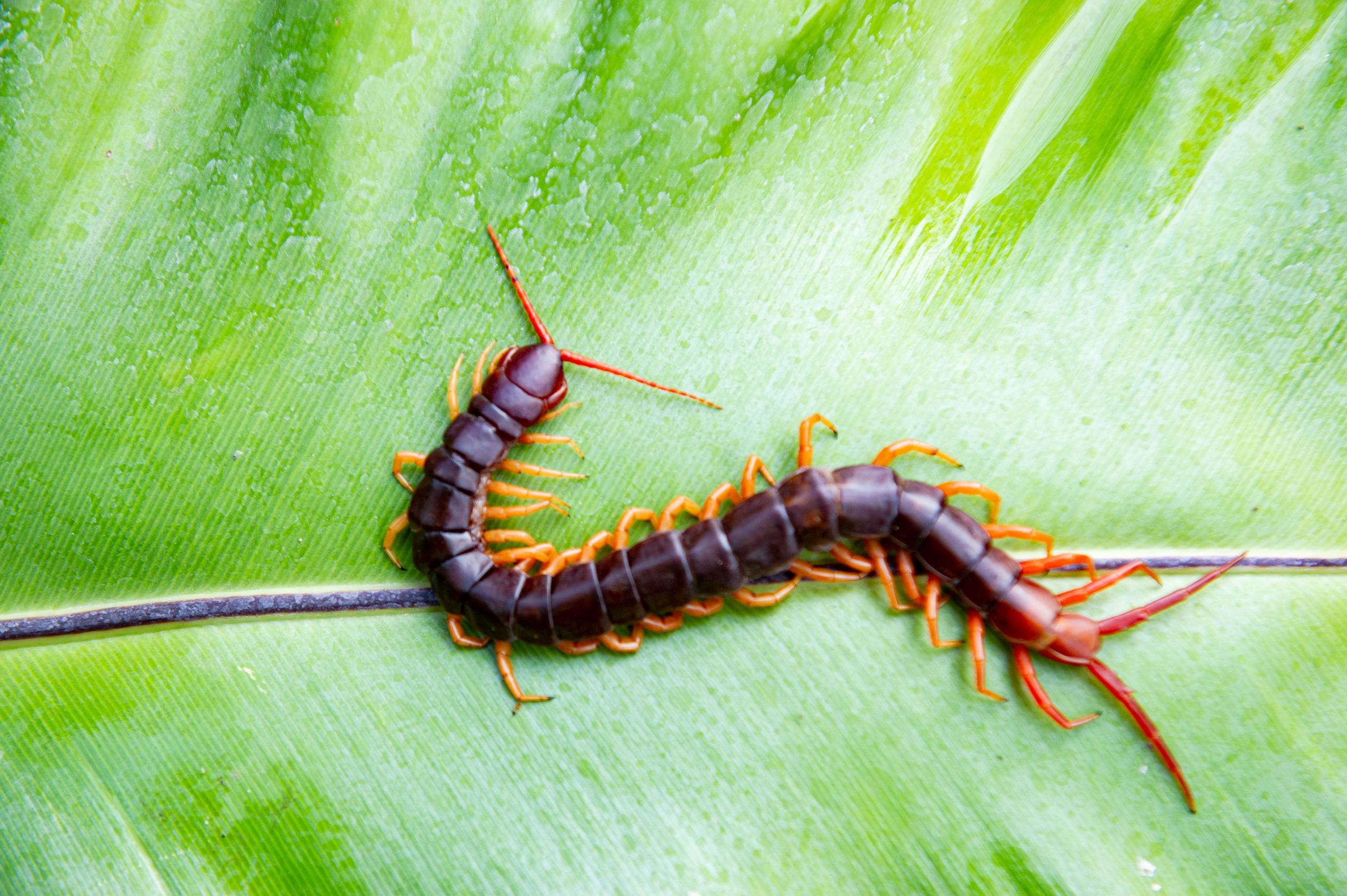
10. Do Insects Have Conscious Thoughts?
Philosopher Colin Klein of Macquarie University and his colleague Andrew Barron, a scientist of honeybees at the university, explored this in depth after a lengthy debate on the topic. Previously, it was assumed that insects operated in a sort of “auto-pilot” fashion, their actions merely collections of instinctual reflexes based on external stimuli. However, when comparing their brains to those of humans, factors of this theory become rather questionable. Human consciousness and the sense of ‘self’ has been determined to originate either from our complex neocortices or our midbrain structure. The midbrain helps us to rapidly organize sensory data in order to have an understanding of our location in any given space – in short, it helps us to navigate our world rooted within a first-person point of view. Based on the very basic ability of insects to also navigate through spaces and obstacles, it is reasonable to assume that it is coming from a similar midbrain-like structure. If that is true, and consciousness indeed derives from such a structure, Klein and Barron suggest that it could also be true that insects have a very basic form of self-awareness. This isn’t to say that insects have any deep understanding of “self” or any deep consideration, rather they have “the most basic aspect of consciousness: subjective experience,” Klein and Barron write in their published study. What this means is that insects are sensing and reacting to their environments from the first-person perspective. These thoughts are the most basic building blocks of consciousness, a “highly distilled sense of self.” So, while their brains may be functioning with a ‘sense’ of subjective experience, this process is just the beginning of consciousness. 
Citations
Bees and Wasps (no date) Illinois Department of Public Health. Available at: https://www.dph.illinois.gov/topics-services/environmental-health-protection/structural-pest-control/bees-wasps (Accessed: May 21, 2021).
Brisco, E. (2021) Angelina Jolie is covered in bees and calls it ‘lovely’: See the photo, USA Today. Available at: https://www.usatoday.com/story/entertainment/celebrities/2021/05/20/angelina-jolie-poses-bunch-buzzing-bees-world-bee-day/5180907001/ (Accessed: May 21, 2021).
Covell, C. V., Jr. 1984. A Field Guide to the Moths of Eastern North America. Houghton Mifflin, Boston. Daley, J. (2016) Do Insects Have Consciousness and Ego? , Smithsonian Magazine. SmartNews. Available at: https://www.smithsonianmag.com/smart-news/do-insects-have-consciousness-ego-180958824/ (Accessed: October 2020).
Debczak, M. (2019) What’s the Difference Between Bugs and Insects, Mental Floss. Available at: https://www.mentalfloss.com/article/579236/whats-difference-between-bugs-and-insects (Accessed: October 2020).
EPA Actions to Protect Pollinators (2021) EPA. Environmental Protection Agency. Available at: https://www.epa.gov/pollinator-protection/epa-actions-protect-pollinators (Accessed: May 21, 2021).
Green, H. (2018) Why Do Stink Bugs Stink?, Youtube. Available at: https://www.youtube.com/watch?v=LE-0x9AvGh8(Accessed: June 2020).
Hadley, D. (2020) Fascinating Facts About Centipedes, ThoughtCo. Available at: https://www.thoughtco.com/fascinating-facts-about-centipedes-1968228 (Accessed: August 2020).
Hertzberg, R. (2018) Why Moths are Obsessed with Lamps. National Geographic. Available at: https://www.youtube.com/watch?v=Ul9HIX9YBbM (Accessed: September 2020).
How Mosquitos Got Their Taste for Human Blood – What it Means for the Future (2020) SciTech Daily. Cell Press. Available at: https://scitechdaily.com/how-mosquitoes-got-their-taste-for-human-blood-what-it-means-for-the-future/ (Accessed: September 2020).
Lakshmanan, I. (2021) Angelina Jolie embraces bees-and female beekeepers as environmental guardians, National Geographic. Available at: https://www.nationalgeographic.com/environment/article/bee-conservation-women-entrepreneurs-angelina-jolie (Accessed: May 21, 2021).
The Largest Complete Insect Wing Ever Found (2007) Harvard Magazine. Available at: https://harvardmagazine.com/2007/11/dragonfly-html (Accessed: May 2020).
Lewis, J. G. E. (2007) The Biology of Centipedes. Cambridge University Press. (Accessed: August 2020).
Nelson, B. (2013) These Are the 10 Biggest Bugs in the World, Business Insider. Mother Nature Network. Available at: https://www.businessinsider.com/10-of-the-biggest-bugs-in-the-world-2013-12 (Accessed: May 2020).
Taxonomy (2020) Basic Biology. Available at: https://basicbiology.net/biology-101/taxonomy (Accessed: October 2020).
Tucker, A. (2016) Do Insects Have Consciousness?, The Smithsonian Magazine. The Smithsonian Institute. Available at: https://www.smithsonianmag.com/science-nature/do-insects-have-consciousness-180959484/ (Accessed: October 2020).
Warshaw, B. (2018) What’s the Difference Between a Bug and an Insect?, What’s the Difference? Available at: https://www.whatsthediff.org/blog/2018/12/11/whats-the-difference-between-a-bug-and-an-insect/ (Accessed: October 2020).
What is a Bug? Insects, Arachnids, and Myriapods (no date) The Museum of New Zealand. Available at: https://www.tepapa.govt.nz/discover-collections/read-watch-play/science/your-bug-questions-answered/what-bug-insects-arachnids (Accessed: October 2020).
Why Aren’t There Giant Insects? (2012) SciShow. Available at: https://www.youtube.com/watch?v=179FuGuk1qE&list=PLB3FCEEAC84884760&index=50 (Accessed: May 2020).
Request a Free Quote Today
(We do not share your data with anybody, and only use it for its intended purpose)


